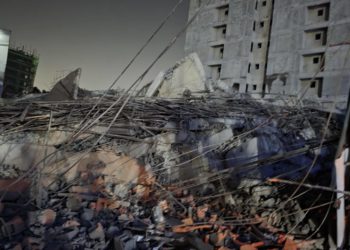Real estate bubbles, marked by swift increases in property prices followed by sharp declines, have historically been a cause for concern and fascination in the housing market. These occurrences manifest when property prices surge to unsustainable levels due to speculative investing, excessive lending, and unrealistic expectations of future price increases.
A key characteristic of a real estate bubble is the detachment of property prices from their intrinsic values. As demand for properties rises due to speculation or investor fervor, prices escalate beyond what can be justified by economic fundamentals such as rental income, household incomes, or mortgage rates, resulting in artificially inflated prices.
Various factors contribute to the formation of real estate bubbles. Loose lending standards, featuring easy access to credit and low interest rates, often stimulate excessive borrowing and speculative buying. This influx of capital into the housing market, combined with investor optimism, propels prices upward, establishing a self-reinforcing cycle where rising prices attract more buyers anticipating further gains.
Media hype and public perception also influence bubble formation. Positive news coverage and widespread belief in perpetual price appreciation can induce a fear of missing out (FOMO) among potential buyers, prompting them to enter the market even at unsustainable price levels.
Nonetheless, real estate bubbles are inherently unsustainable. As prices reach untenable heights, they become unaffordable for a larger portion of the population, leading to weakened demand, a decline in prices, or a plateau. Speculative investors begin selling their properties, triggering a chain reaction of falling prices, diminished consumer confidence, and increased foreclosures.
The bursting of a real estate bubble can have severe repercussions on the economy. The housing market crash of 2007-2008, fueled by the subprime mortgage crisis in the United States, precipitated a global financial crisis. Property values plummeted, homeowners faced foreclosure, financial institutions incurred substantial losses, and economies suffered from recessions and job losses.
Identifying and preventing real estate bubbles requires proactive measures. Monitoring key indicators such as price-to-income ratios, price-to-rent ratios, and mortgage lending practices can offer insights into market conditions. Implementing tighter lending standards, regulating speculative practices, and maintaining prudent monetary policies can help mitigate the formation of bubbles.
Real estate bubbles pose a significant risk to economies and individuals. Their formation and subsequent bursting can have far-reaching consequences, affecting financial markets, banking systems, and overall economic stability. Vigilant monitoring, prudent regulation, and a better understanding of the dynamics that lead to these bubbles are essential to prevent or mitigate their adverse effects on the housing market and the broader economy.


















